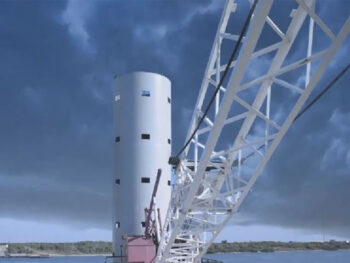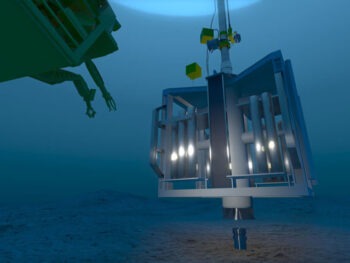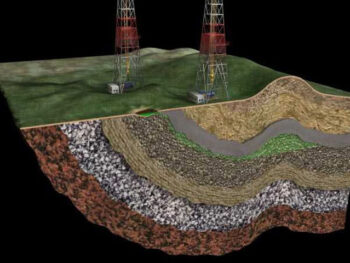This course covers certain types of hazards that are present in the oil and gas production workplace, as well as the difficulties of transporting hazardous materials. Also covered is general health and first aid, the responsibilities of those in the workplace regarding industrial hygiene, bloodborne pathogens, and planning for emergencies.
In the Types of Hazards module students will become aware of effective hazard communication practices and the importance of the written plan. By the end of the module, students will become familiar with the necessity of keeping the chemical inventory up-to-date as well as keeping containers labeled properly. The module will also define the material safety data sheet, proper locations for the sheet, safety equipment, employee responsibilities, and training requirements.
The Transportation of Hazardous Materials module will introduce students to information that must accompany the transpiration of hazardous materials. By the end of the module students will become familiar with proper container markings, labels, or placards required for transport as well as how to complete shipping papers.
In the Spill and Release module students will learn how to properly report uncontrolled, or the unauthorized release of hazardous materials. By the end of the module students will become familiar with the proper response to these threats and to mitigate user carelessness, inadequate container storage, and damaged or failing containers.
The Occupational Health module will give an overview of health and industrial hygiene risks associated with work on a rig. Students will become familiar with the roles and responsibilities of the crew in maintaining health and safety standards and will learn about the training and certification requirements associated with each of these roles. By the end of the module, students will understand when to report suspicions concerning health hazards, will become familiar with the different types of exposure, and will learn how to monitor and mitigate hazards around the jobsite.
The Potential Hazards at the Work Site module identifies H2S risks and detection as well as risks from solvents and chemicals such as: benzene, lead, CO2, NORM, mercury, hexavalent chromium, methanol, welding fumes, N2, and several others. Students will familiarize themselves with other risks ranging from dangers from noise exposure and diesel misting from an oil based mud.
By the end of this module, students will know how to locate emergency phone numbers, will understand the importance of responding to emergencies in a manner appropriate with their training, and will know what classifies a worker as being fit for duty.
The Bloodborne Pathogens module covers the importance of avoiding contact with blood and other bodily fluids, proper precautions to take when dealing with these substances, and how to use protective barriers to avoid infection. Students will become familiar with appropriate handling of razor blades, needles, and will learn what qualifies as contaminated material.
The Staphylococcus module will cover one of the most dangerous diseases on the rig known as Staph (Staphylococcus Aureus). Staph is a type of bacteria that can be spread in a variety of ways and must be properly treated and avoided with competence.
In the Health and Adverse Weather module, students will learn about the hazards of lightning, windstorms, tropical storms, tornados and how to deal with these situations appropriately. Hazards of UV exposure, snow and ice, as well as flooding and thermal stress will also be explained along with methods of prevention and mitigation.
The Health and Wildlife, Insects and Snakes module will inform students about animal life near the rig and will teach students how wildlife should be treated safely and handled correctly. The module will present an overview of possible wildlife encounters around the jobsite, including those that may occur when on an offshore installation, and will go on to describe how one should deal with these encounters in a safe and responsible way. Furthermore, the module describes safety precautions for working in environments with insects and snakes.
The Emergency Planning module will cover the importance of emergency planning and short-service employee roles. Emergency situations can arise quickly and sometimes without warning; thus it is important for workers to already have plans in place to avoid hesitation in responding to dangerous situations.
In the Emergency Situations and Overview module, students will become familiar with various types of alarms, why they are necessary, and the proper response. It is important to understand the locations of emergency equipment and muster areas as well as the location of related information pertaining to emergency procedure.
$360.00






SkillGrid® is a registered mark of Indaptive Technologies, Inc.
2503 Robinhood, Suite 200
Houston, TX 77005
+1 713.461.5200
© 2023